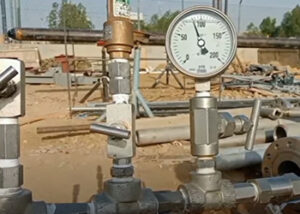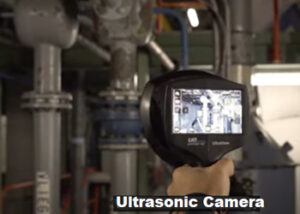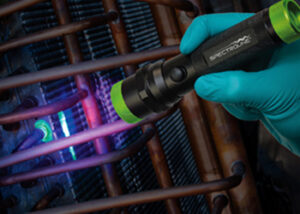Leak testing is a procedure that determine whether an object or system is functioning within a specific leak limit. Leaks occur when there is a defect like hole, crack, or some other kind of flaw in an object, allowing whatever the liquid or gas it is holding to flow out.
Following are the common leak test in mechanical industry.
Pressure Decay Leak Testing

Pressure decay leak testing is a very common type of leak test in which you pressurize the part or assembly, isolate the test pressure in the part, and measure the rate of pressure loss over time, correlated to a known flow rate. Today’s pressure decay leak testing technology allows small, non-water leak rates to be detected and measured with accuracy.
Vacuum Test or Bubble Test

Vacuum box testing is a non-destructive examination used when trying to locate weld seam leaks. A vacuum box and a compressor create a high- or low-pressure vacuum while a detergent solution is applied to the test area. The detergent bubbles, making leaks visible within the created pressure envelope
Industrial Ultrasonic Camera for Air / Gas Leak Detection

The Ultrasonic camera makes finding and quantifying leaks easier and faster than ever with its increased sensitivity and wider scanning area. The camera quickly scans large areas and pinpoints leaks allowing you to know exactly where the leaks are and how much energy you are wasting. All details displayed on the screen in real time.
This lightweight device is safe, reliable and easy to operate with one hand, and its intelligent, built-in functionalities improve detection by filtering out typical industrial disturbances.
Leak test with fluorescent dye

Fluorescent dye leak test procedure is to inject the fluorescent dye into the system and let it circulate with host fluid. Once circulation is complete, depending on size of system use one of the high-quality UV lamps to inspect for leak sites.




